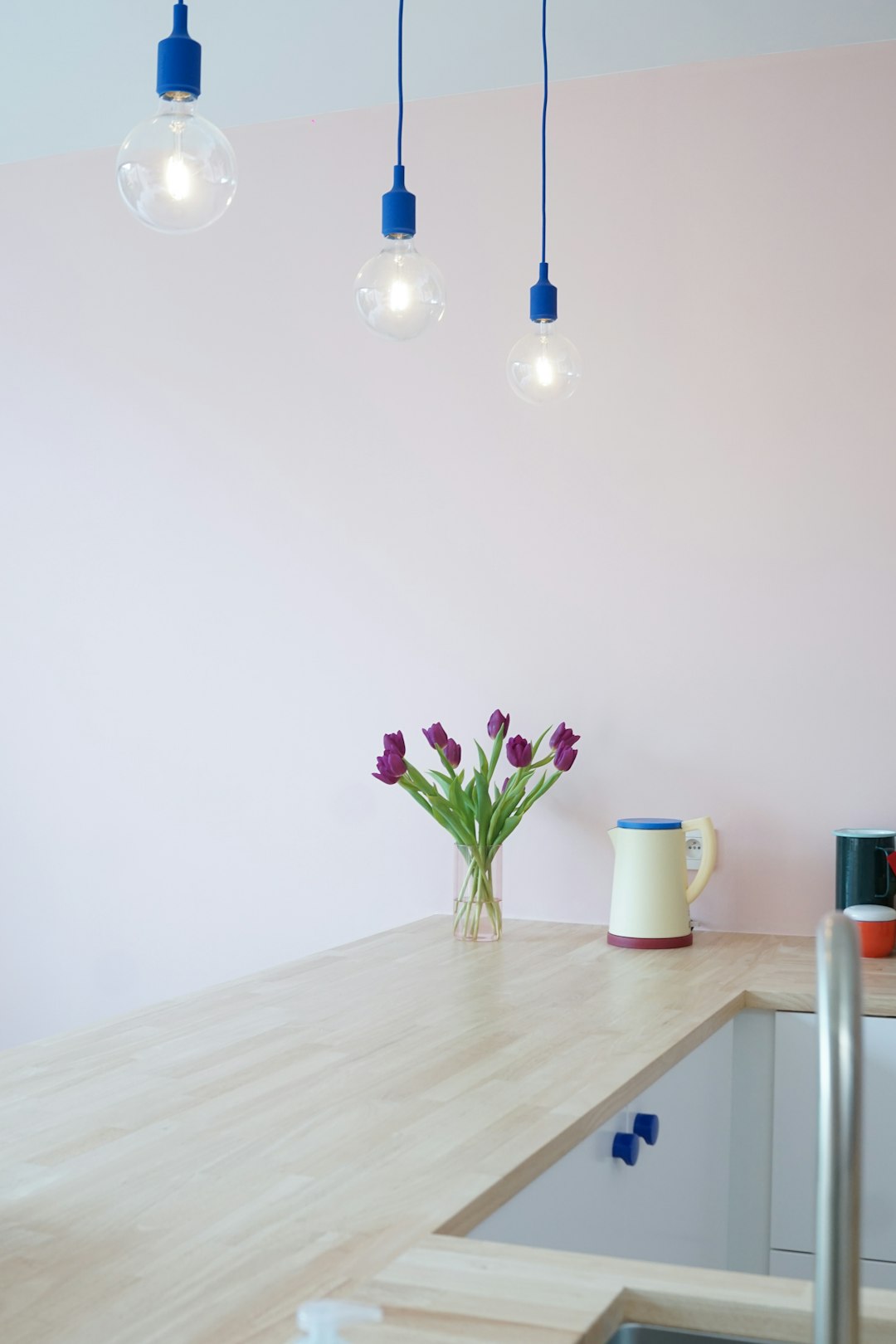
In the world of gardening, two insects often cause confusion due to their strikingly similar appearances: the ladybug and the Asian lady beetle. At first glance, they seem like twins, but beneath their similar exteriors, they have very different impacts on your garden. Understanding how to distinguish between these two is crucial for any gardener aiming to maintain a healthy and pest - free garden.
Let's start with the ladybug. Ladybugs, also known as ladybirds in some regions, are a gardener's best friend. These small, round - bodied insects are natural predators of many common garden pests. Aphids, for example, are a major nuisance in gardens. They suck the sap from plants, causing stunted growth, yellowing leaves, and even the spread of plant diseases. Ladybugs feast on aphids, consuming dozens of them in a single day. A single ladybug can eat up to 5,000 aphids in its lifetime! They also target other soft - bodied insects like mites and scale insects. This makes them an essential part of natural pest control in the garden. Ladybugs are generally more docile and less likely to cause any harm to humans or plants.
On the other hand, the Asian lady beetle, which closely resembles the ladybug, is a different story. Introduced to the United States in the 1970s to control aphids in pecan orchards, these beetles have since spread across the country. While they do eat aphids and other pests, they have become a pest themselves in many ways. Asian lady beetles are more aggressive than ladybugs. They tend to gather in large numbers, especially during the fall when they look for warm places to overwinter. This often leads them to invade homes, where they can be a real nuisance. They may stain walls and fabrics with a yellowish, foul - smelling liquid they release when threatened. In some cases, they can even bite humans, causing minor skin irritations.
So, how can you tell these two similar - looking bugs apart? One of the most reliable ways is to look at their color and markings. Ladybugs typically have a bright red or orange color with black spots. The spots are usually well - defined and evenly distributed across their wing covers. The number of spots can vary depending on the species, but they are generally easy to see. Asian lady beetles, however, can have a wider range of colors, from light orange to a deep red. Their markings are also more variable. Some Asian lady beetles may have spots, but they can also have a more mottled or less distinct pattern. A key identifying feature of Asian lady beetles is a small, white marking on their head that resembles an 'M' or 'W' shape.
Another difference lies in their behavior. Ladybugs are more solitary insects. They are often found alone or in small groups on plants, patiently hunting for pests. Asian lady beetles, as mentioned earlier, are more likely to form large aggregations. You may see them clustering on the sides of buildings, windows, or in attics during the cooler months. When disturbed, ladybugs will usually fly away quietly, while Asian lady beetles may become more agitated and may even release their defensive liquid.
If you want to encourage ladybugs in your garden, there are several things you can do. Planting flowers that attract ladybugs, such as dill, fennel, and yarrow, can help. These plants provide nectar and pollen for adult ladybugs, as well as a place for them to lay their eggs. Avoid using broad - spectrum pesticides, as these can kill ladybugs along with the pests. If you find Asian lady beetles in your home, you can use a vacuum cleaner to remove them. Make sure to empty the vacuum bag outside to prevent them from escaping back into your house.
In conclusion, being able to tell the difference between ladybugs and Asian lady beetles is essential for effective gardening. By attracting ladybugs and managing Asian lady beetles, you can keep your garden healthy and free from pests, while also avoiding the nuisance that Asian lady beetles can bring into your home. So, the next time you see a small, spotted bug in your garden, take a closer look and see if it's a helpful ladybug or a troublesome Asian lady beetle.

Unleashing the Floral Magic of Snowball Hydrangeas
Unleashing the Floral Magic of Snowball Hydrangeas
Unveiling the Secrets of Cultivating Carolina Allspice
Unveiling the Secrets of Cultivating Carolina Allspice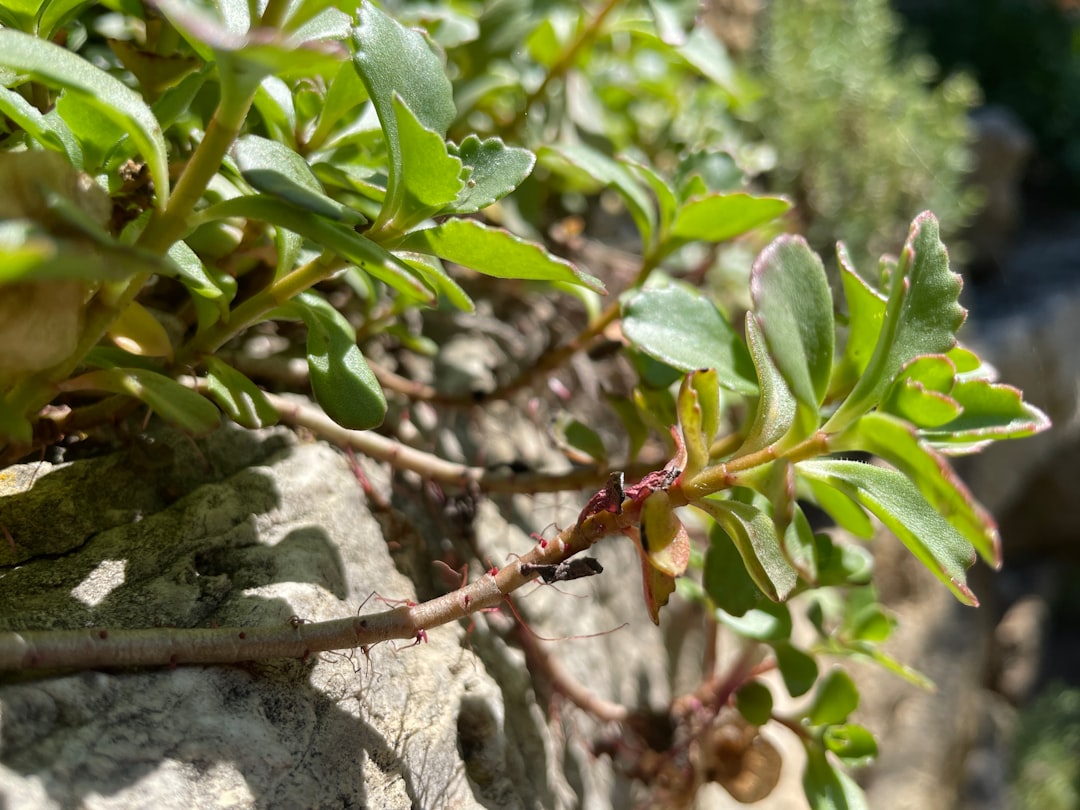
The Art of Planting Bare Root Trees: A Comprehensive Guide
The Art of Planting Bare Root Trees: A Comprehensive Guide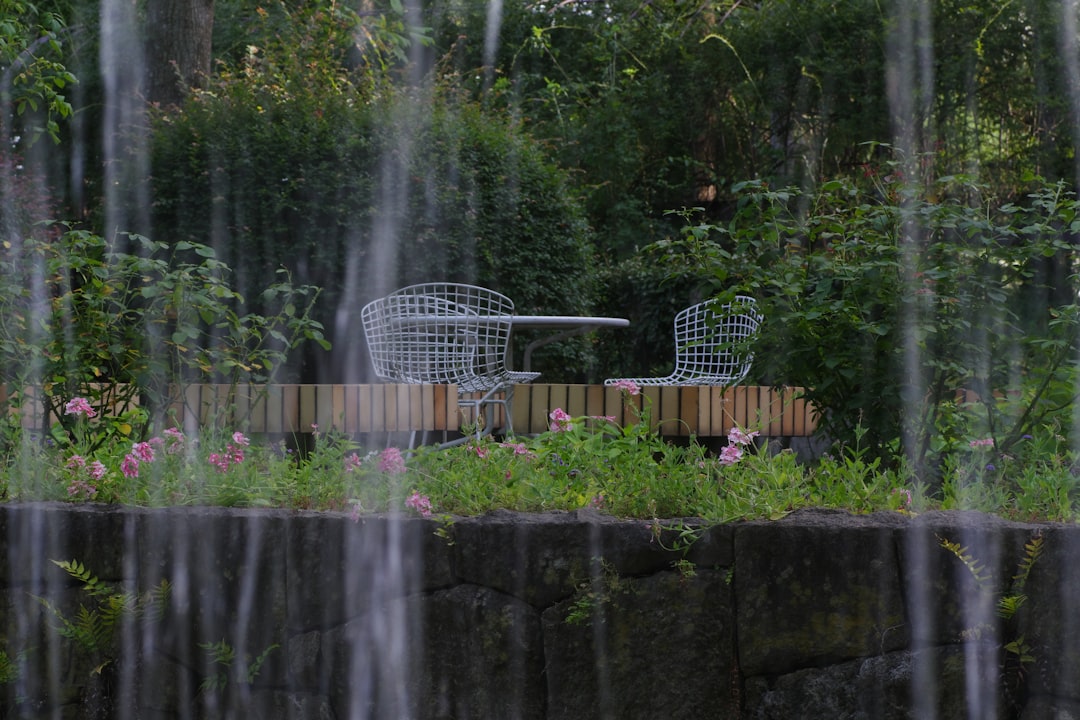
The Enchanting Allure of White - Flowered Trees for Your Front Yard
The Enchanting Allure of White - Flowered Trees for Your Front Yard
Transform Your Home with Succulent Wall Art from an Old Picture Frame
Transform Your Home with Succulent Wall Art from an Old Picture Frame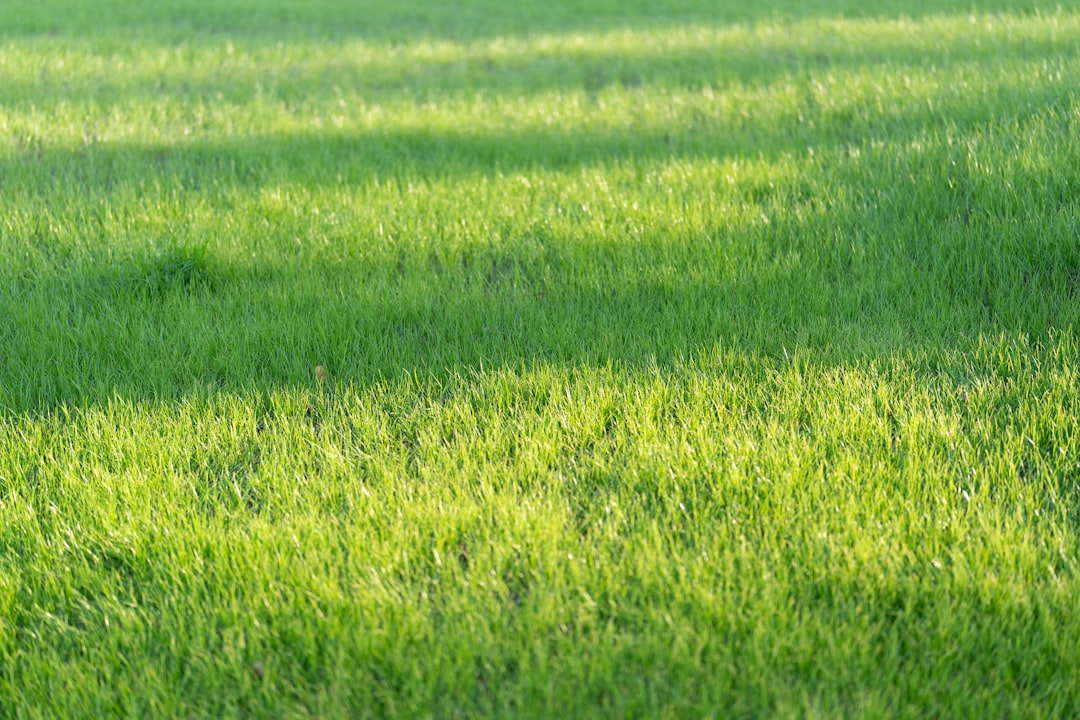
Transforming Broken Pots into Enchanting Fairy Gardens
Transforming Broken Pots into Enchanting Fairy Gardens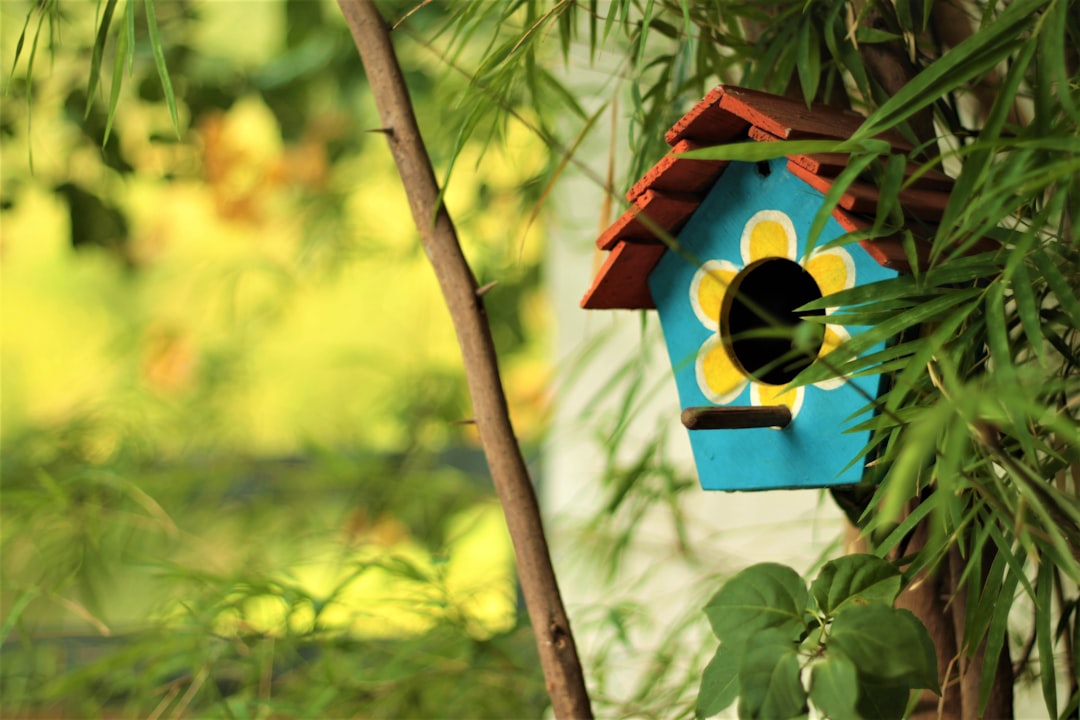
Unleash the Beauty of Dahlias in Pots This Summer
Unleash the Beauty of Dahlias in Pots This Summer
Transform Your Shady Yard with Caladium Container Magic
Transform Your Shady Yard with Caladium Container Magic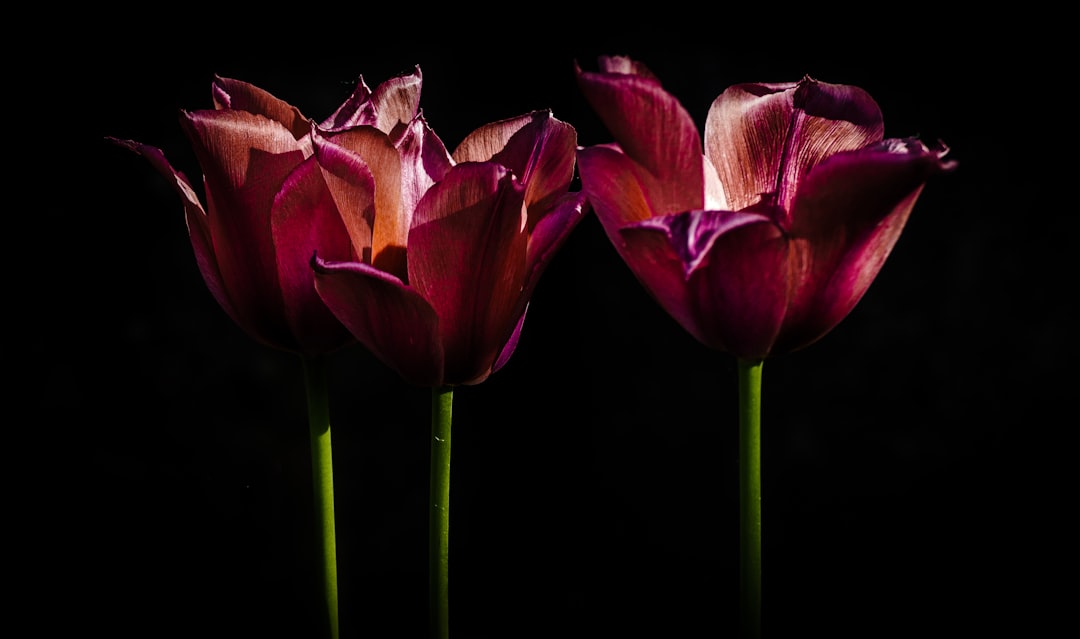
Unleash Your Creativity with DIY Concrete Planters
Unleash Your Creativity with DIY Concrete Planters
The Secret to Thriving Jade Plants: Minimal Effort, Maximum Results
The Secret to Thriving Jade Plants: Minimal Effort, Maximum Results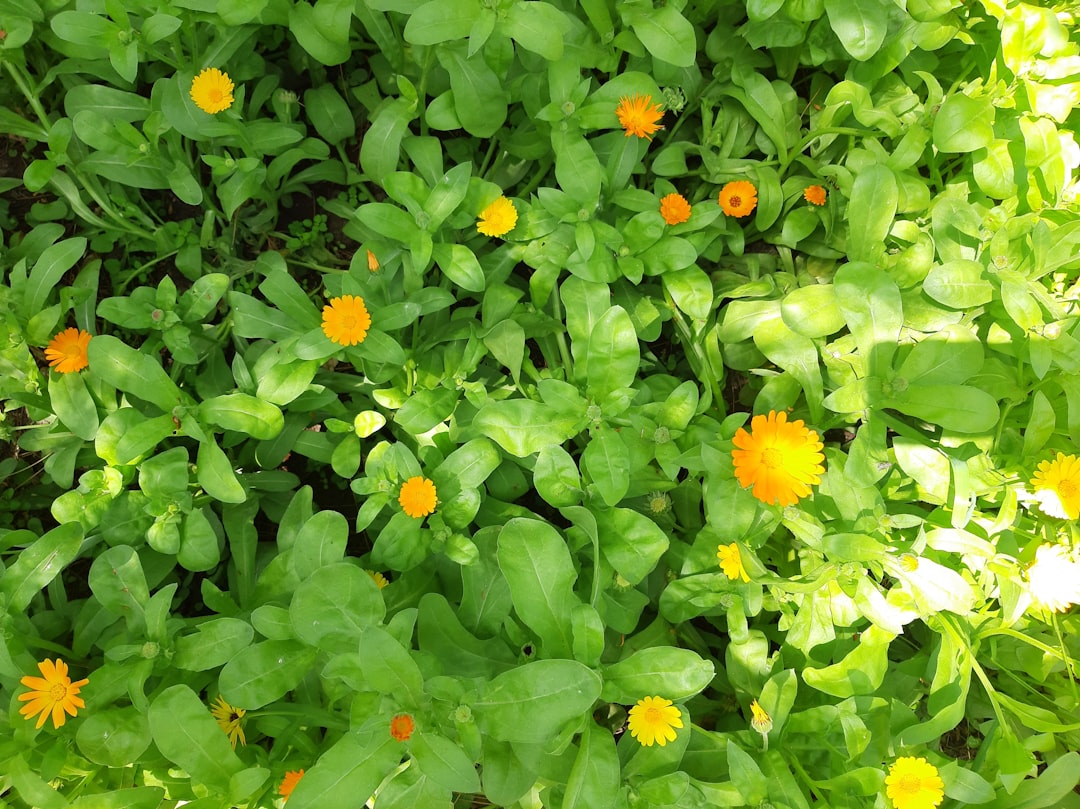
Unveiling the Secrets of Thriving Houseplants: A Two - Month Journey
Unveiling the Secrets of Thriving Houseplants: A Two - Month Journey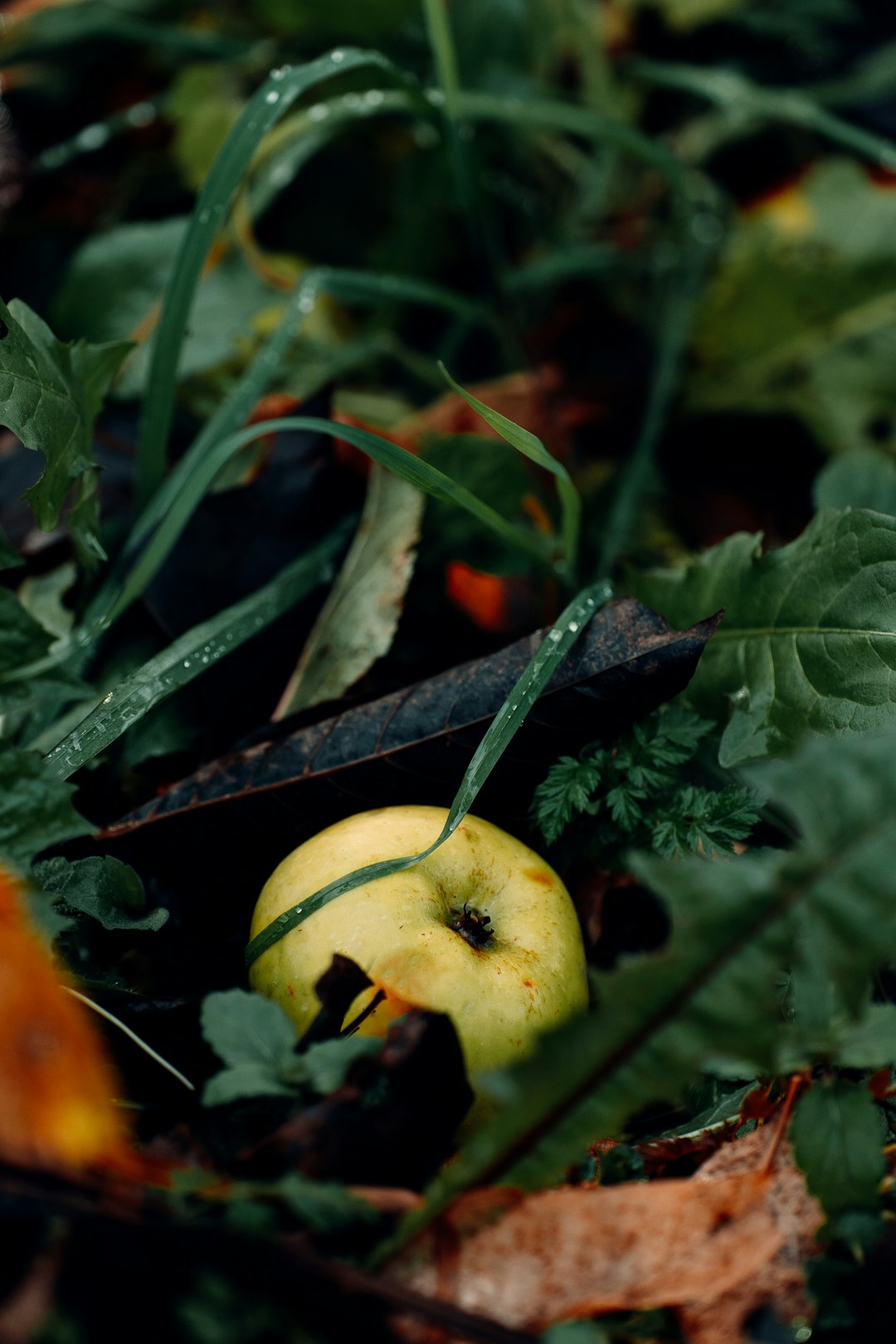
The Ideal Starter Plant for Your Indoor Oasis
The Ideal Starter Plant for Your Indoor Oasis
Transform Tiny Outdoor Spaces with a DIY Container Pond
Transform Tiny Outdoor Spaces with a DIY Container Pond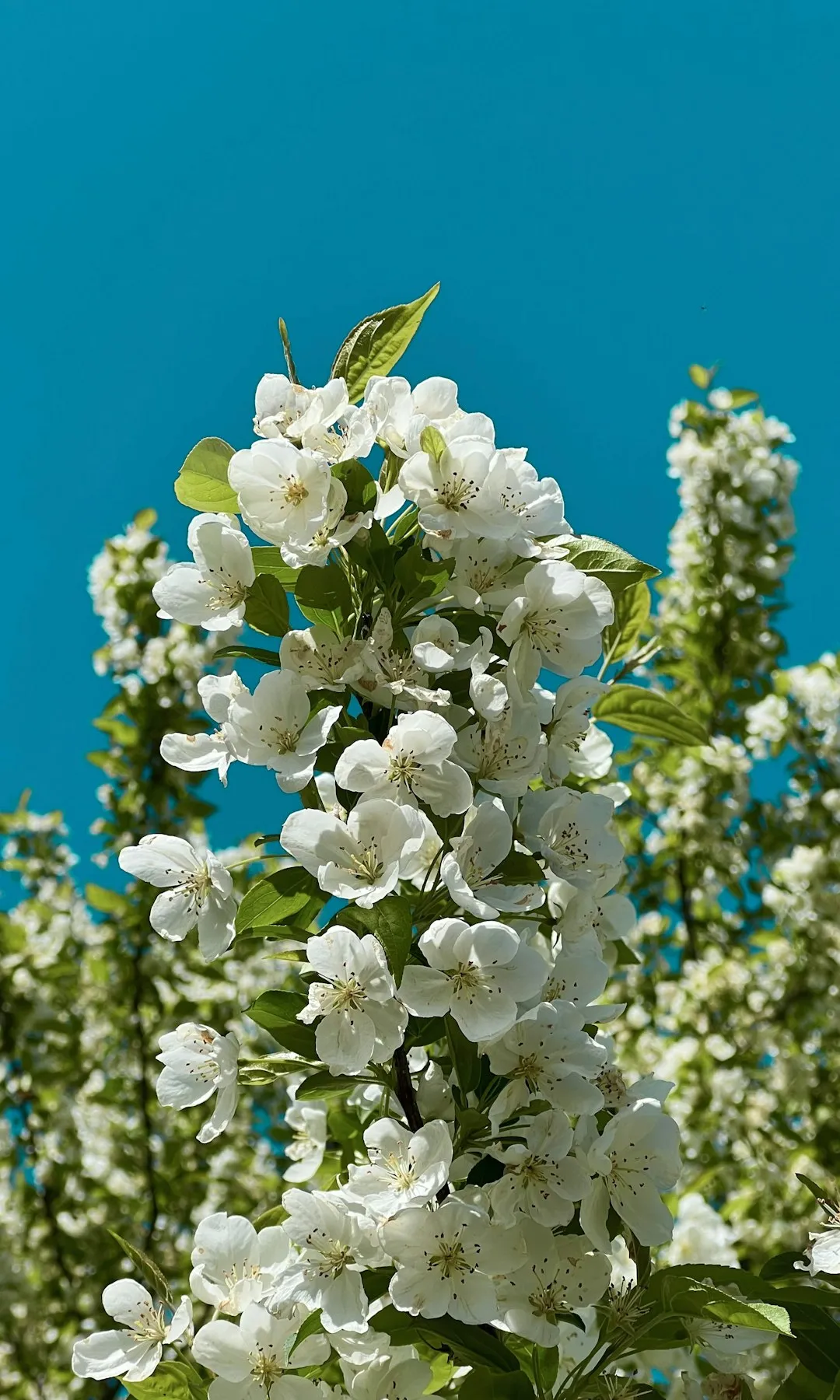
The Gravel Guide: Avoiding Common Pitfalls in Landscape Design
The Gravel Guide: Avoiding Common Pitfalls in Landscape Design
Summer's Floral Magic: Transforming Your Garden
Summer's Floral Magic: Transforming Your Garden
Transform Your Mailbox into a Garden Gem
Transform Your Mailbox into a Garden Gem
Transform Your Backyard with a Storm - Catching Oasis
Transform Your Backyard with a Storm - Catching Oasis
The Surprising Truth About Weed - Control in Vegetable Gardens
The Surprising Truth About Weed - Control in Vegetable Gardens
Conquer Your Garden's Invaders: Expert Solutions
Conquer Your Garden's Invaders: Expert Solutions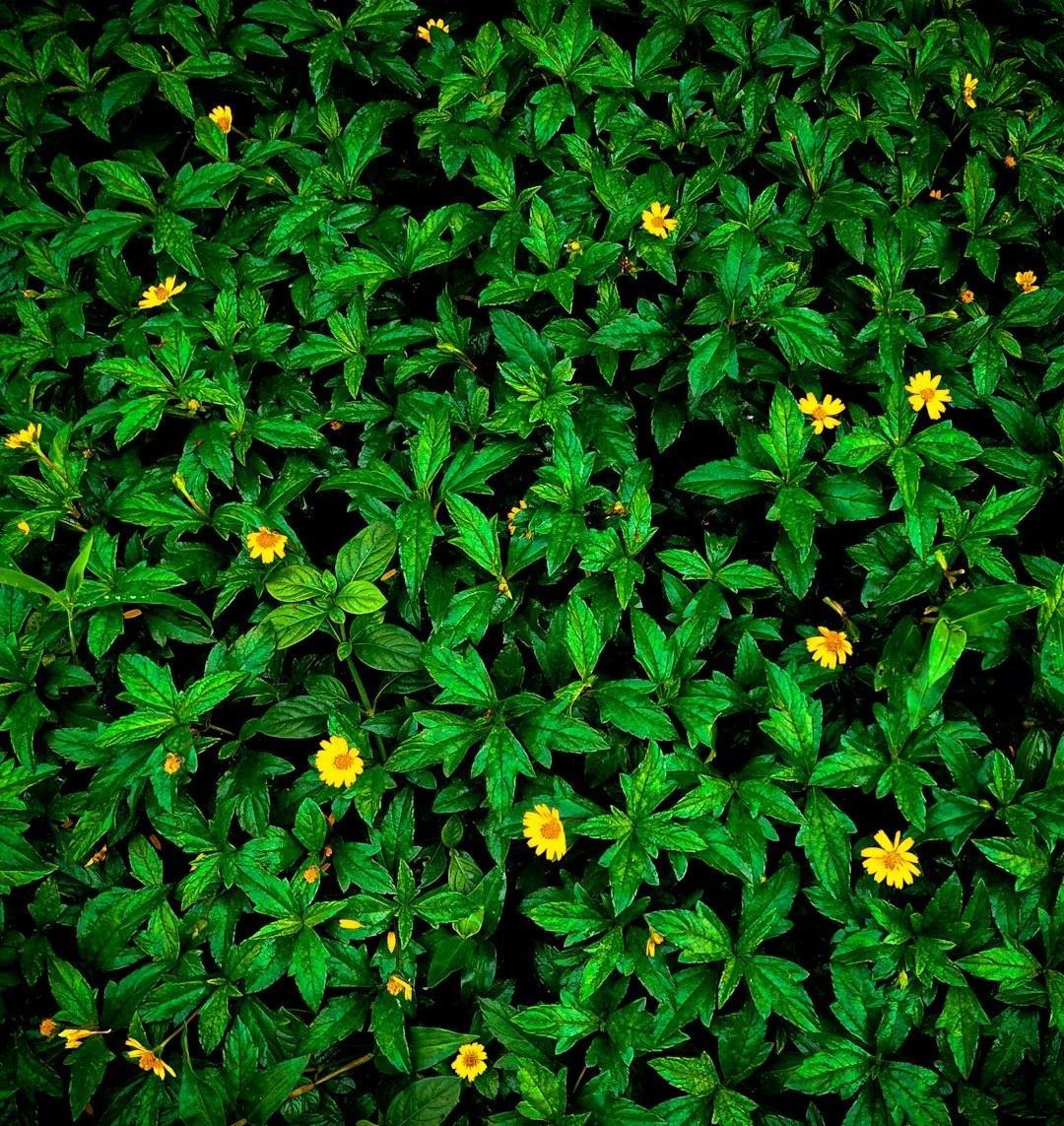
Reviving Your Hibiscus: Solving the Mystery of Yellow Leaves
Reviving Your Hibiscus: Solving the Mystery of Yellow Leaves